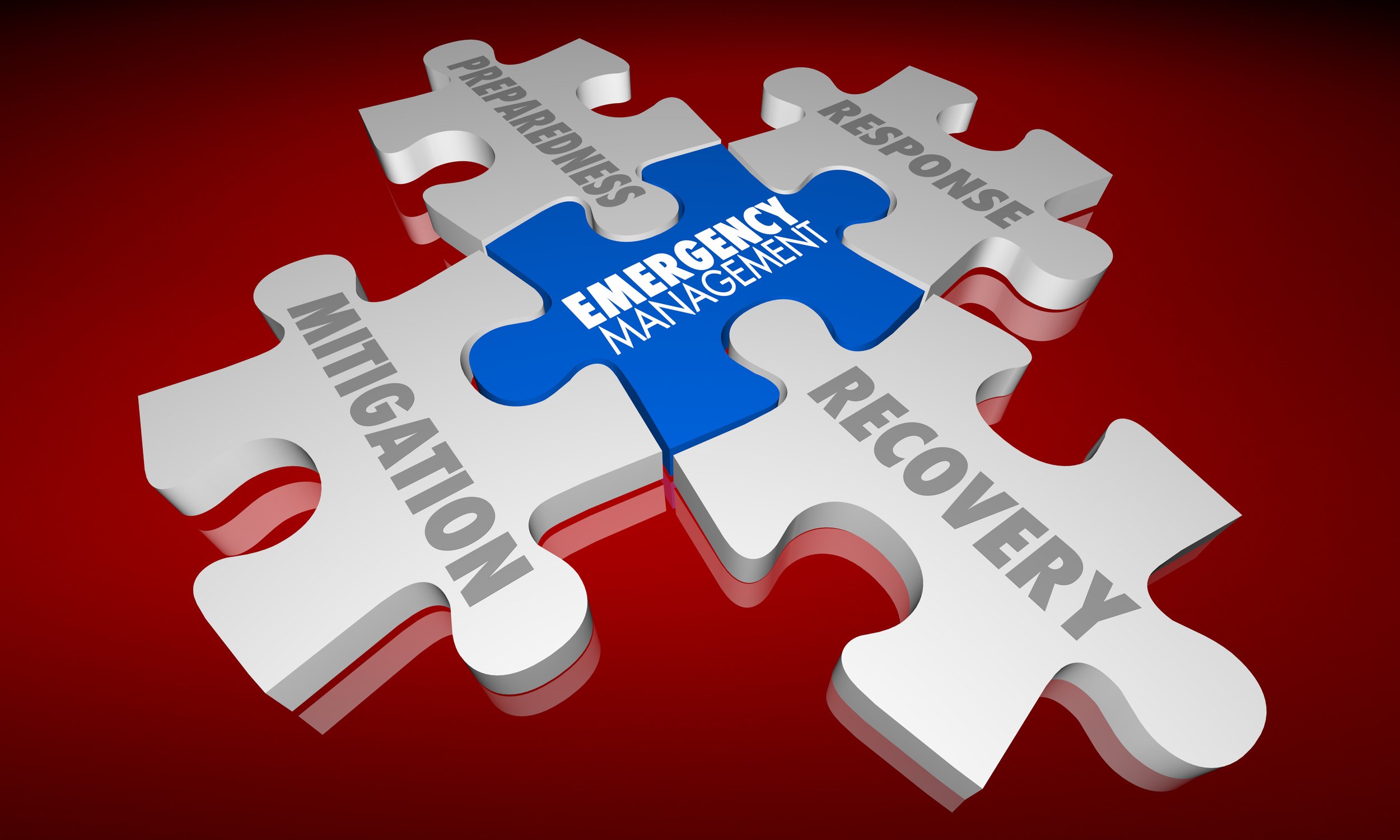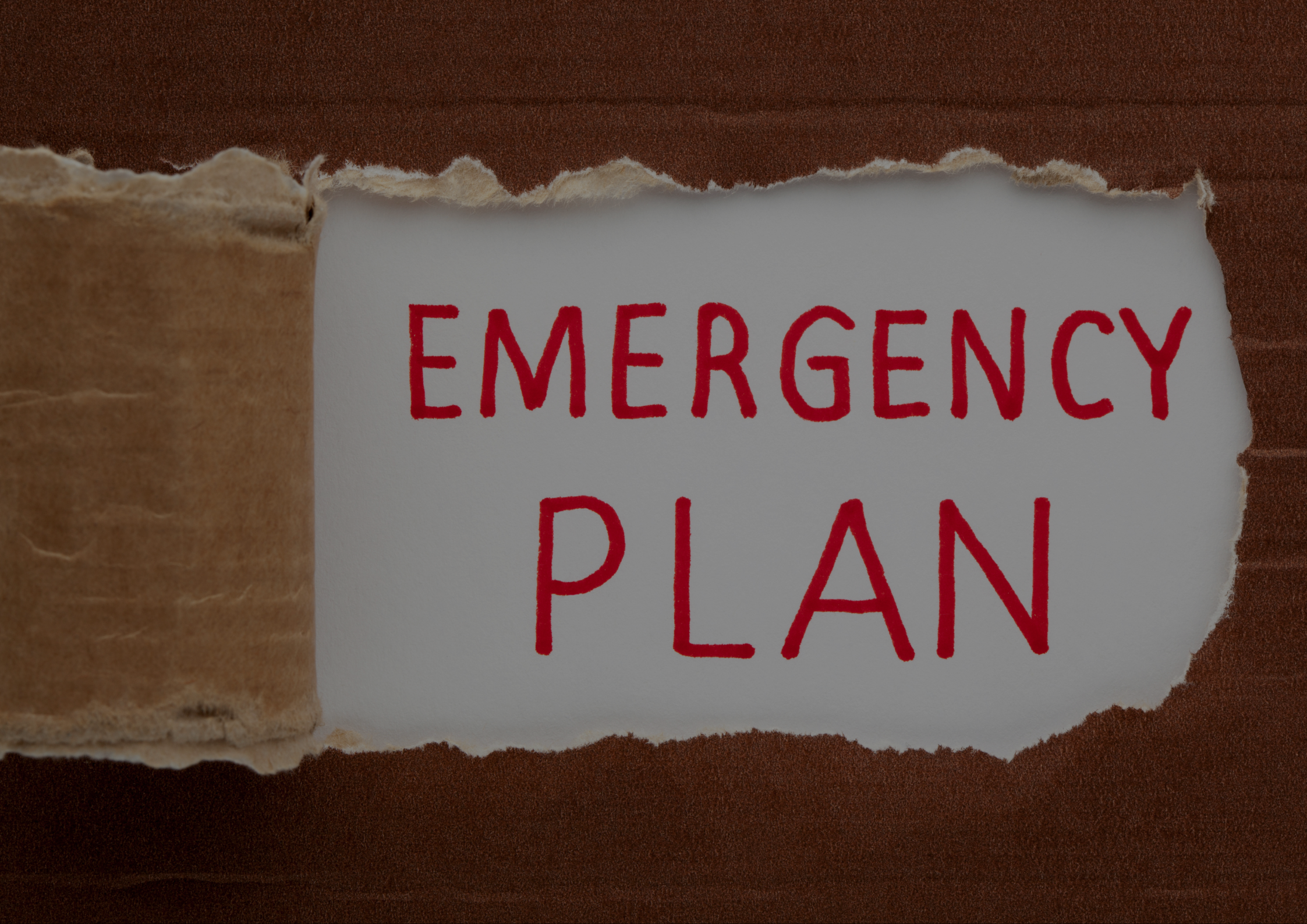ESS Consultants - Emergency Management Plan
Introduction
At any event, it is important to be prepared for any incidents or emergencies that may occur during the live phase. To assist you in developing your own comprehensive emergency management plan, we have created this guide. By following these key aspects, you will be better equipped to handle emergencies and protect the safety of your organization, employees, and stakeholders.
1. Risk Assessment
The first step in developing an effective emergency management plan is conducting a thorough risk assessment. This involves identifying potential hazards, assessing their likelihood and potential impact on your organization, and prioritizing them based on their level of risk. Our experienced team can assist you in conducting a comprehensive risk assessment to ensure all potential risks are identified.
2. Emergency Response Procedures
Once the risks have been identified, it is crucial to establish clear and concise emergency response procedures. These procedures should outline the necessary steps and actions to be taken in the event of each identified risk. This includes emergency contacts, evacuation plans, communication protocols, and any specific roles and responsibilities assigned to individuals within your organization.
3. Communication and Notification
Effective communication is key during emergencies. It is important to establish reliable communication channels to quickly inform and update relevant stakeholders. This may involve utilizing various communication methods such as mass notifications, emergency alerts, and designated communication tools. We can provide guidance on selecting the most appropriate communication methods based on your organization's needs.
4. Training and Education
Ensuring that all employees are well-informed and adequately trained is crucial for the success of any emergency management plan. Conduct regular training sessions to familiarize personnel with emergency procedures, evacuation routes, and safety protocols. Additionally, educating employees on general emergency preparedness measures will empower them to take appropriate actions during emergencies.
5. Testing and Evaluating
Regular testing and evaluation of your emergency management plan is essential to ensure its effectiveness. Conduct drills, tabletop exercises, or full-scale simulations to identify any gaps or areas that need improvement. Use these opportunities to gather feedback from participants and update the plan accordingly. Our consultants are available to assess and provide valuable insights during these exercises.
Conclusion
The development of a robust emergency management plan is crucial for any organization. By following the key aspects outlined in this guide, you will be better prepared to navigate through emergency situations, mitigate risks, and protect the well-being of your employees and stakeholders.
If you require further assistance or more information on developing your emergency management plan, please do not hesitate to contact us. We are available through the chat function or the contact page of our website.






